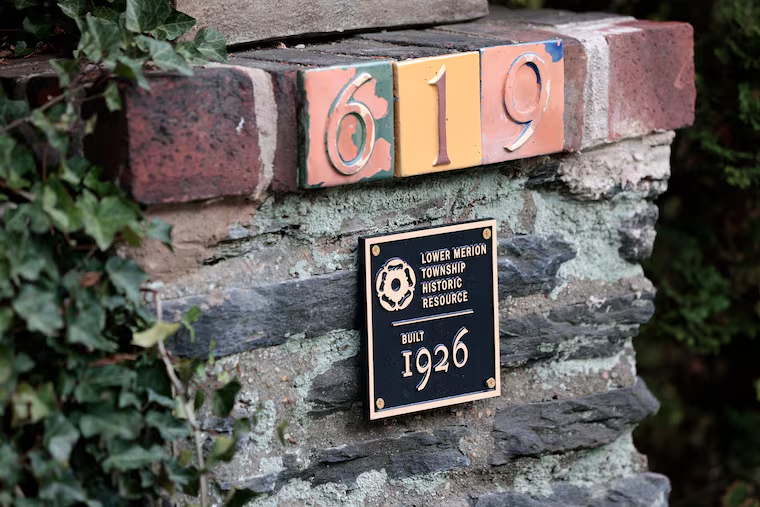Lower Merion pilots a new program to honor historical homes
In the English Village communities, some homes now bear a ceremonial plaque honoring their historical significance.

In the English Village communities, some homes now bear a ceremonial plaque honoring their historical significance.
